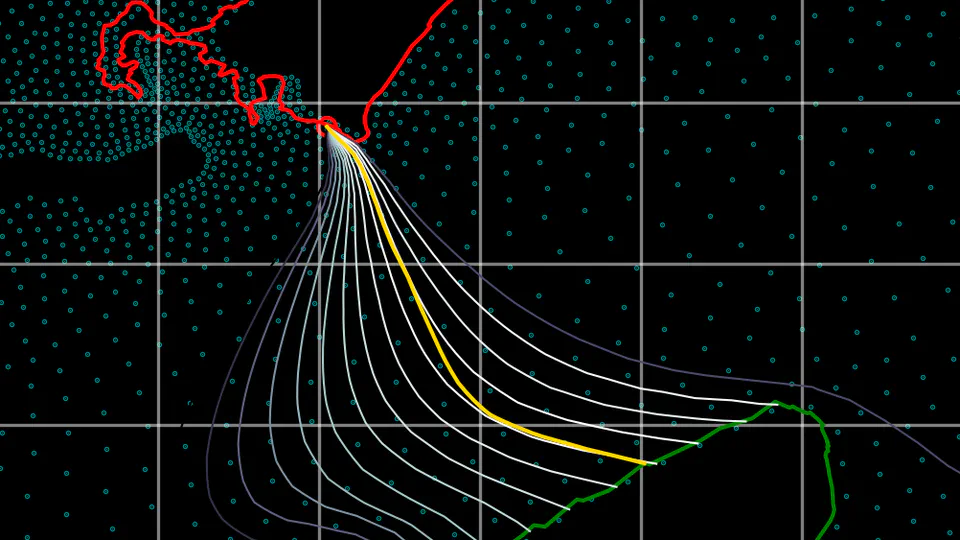About
Blake Cole is a general-purpose engineer with deep expertise in marine robotics, aerodynamics, and data science. He earned his PhD in Mechanical Engineering from the Massachusetts Institute of Technology in 2024. As a doctoral student, Blake developed a physics-based optimization methodology for rigid wingsails, and later validated his approach using a bespoke data acquisition system. He also made meaningful contributions to the fields of vehicle autonomy and state estimation. Blake remains interested in designing, building, and testing intelligent flying machines.
- Artificial Intelligence
- Autonomy & Control
- Computational Fluid Dynamics
-
PhD Mechanical Engineering
Massachusetts Institute of Technology
-
MS Civil & Environmental Engineering
Stanford University
-
BSc Environmental Engineering
University of California, San Diego
Programming Languages
A showcase of my favorites
C/C++
The pride of geeks everywhere.
MATLAB
Good but expensive.
Python
Clunky but free.
Experience
-
Founder, CEO
SeaWing, LLC- Building state-of-the-art uncrewed surface vessels for academic research, defense (ISR), and commercial offshore applications.
-
Visiting Oceanography Faculty
Sea Education Association- Developed lecture materials and planned field trips for a college-level introductory short course in oceanography.
- 120 hours of teaching experience as the lead instructor.
-
Marine Engineer
Virgin Hyperloop One- Led the marine research program.
- Developed regional ocean models driven by wind, wave, and tidal data, and used Weibull distributions to estimate extreme event recurrence intervals.
- Performed structural finite element analysis for various subassemblies.
- Formulated requirements and conducted the initial design of a tubular thermal expansion joint.
- Developed and field-validated a non-linear heat transfer model for a prototype hyperloop system located outside Las Vegas, NV.
-
Independent Contractor
United States Geological Survey (Pacific Coastal and Marine Science Center)- Assisted in the development of a sediment transport model that integrates longshore and cross-shore processes to predict long-term shoreline response to climate change.
-
Environmental Engineer
Naval Information Warfare Center - Pacific- Assisted in the development of handheld contaminant sensor for Navy divers.
- Performed CFD simulations of various sediment transport processes.
- Participated in the deployment and retrieval of a benthic microbial fuel cell.
Education
-
PhD Mechanical Engineering
Massachusetts Institute of TechnologyRead ThesisGPA: 4.8/5
Doctoral thesis describing how to properly design (and test) a rigid wingsail for autonomous sailing. Supervised by Dr. Peter Traykovski and Prof. Henrik Schmidt. Contributions were published in both Springer and IEEE journals.
-
MS Civil & Environmental Engineering
Stanford UniversityGPA: 3.74/4.0
- Hydrodynamics
- Numerical Methods
- Product Design
-
BSc Environmental Engineering
University of California, San DiegoGPA: 3.45/4.0
- Major: Environmental Engineering
- Minor: Political Science






